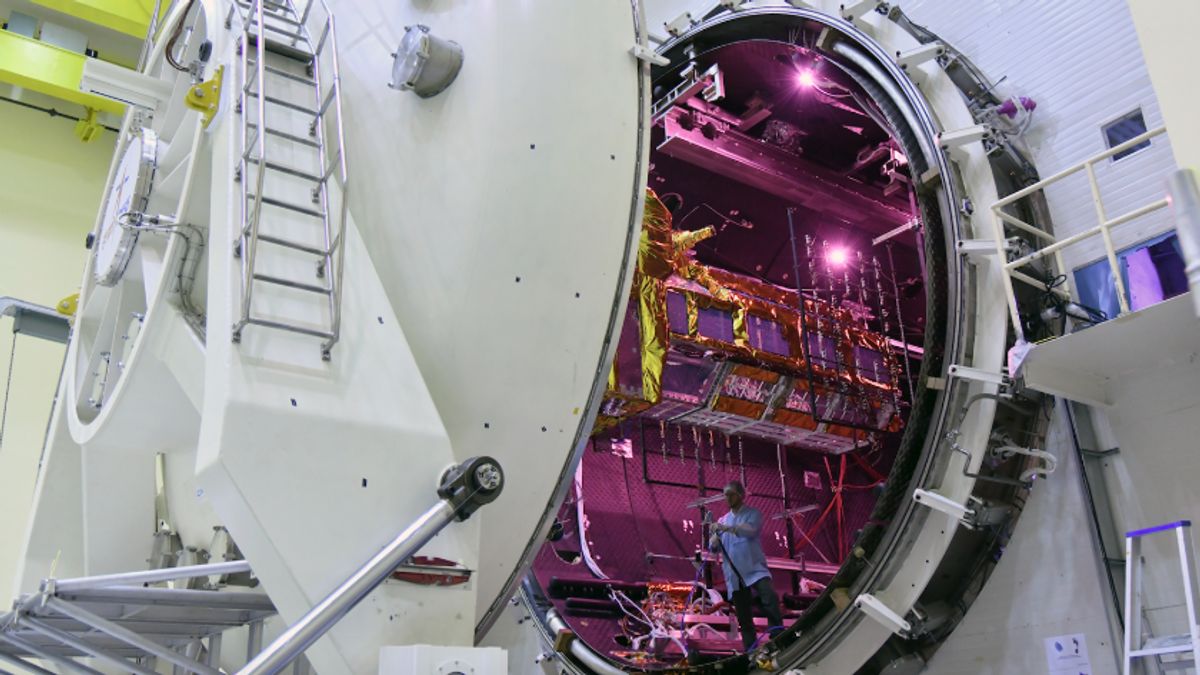JAKARTA The NASA-ISROSYNthetic Aperture Radar (NISAR) satellite has been through a thermal vacuum test for 21 days. This test was carried out to evaluate the ability to survive the NISAR.
Since last October 19, the United States (NASA) Aeronautics and Space Agency together with the Indian Space Research Agency (ISRO) have monitored NISAR testing in the vacuum to see its resilience.
While in the vacuum, NISAR must withstand a very small pressure from normal pressure on the sea surface. This satellite is placed in a cold-temperature immersion for 80 hours in a temperature of minus 10 degrees Celsius.
In addition to feeling cold temperatures, NISAR must also soak in hot temperatures reaching 50 degrees Celsius. NASA explained that this hot and cold temperature test was carried out simultaneously.
The stimulation of different temperatures at one time is deemed necessary by paraengineers and technicians because the spacecraft will be exposed to hot sunlight in the dark and cold orbits.
SEE ALSO:
Not only that, the performance of the satellite's thermal system and two main instrument systems from the NISAR, namely the L-band and S-band radars, are also tested with the most extreme temperatures. The amount of the temperature is not explained, but the temperature is estimated to be in accordance with the vacuum.
NISAR still has to be tested before it launches. In another test, NASA and ISRO will ensure these satellites are able to withstand in the midst of shocks during launch as well as shocks and vibrations while in space.
This satellite is planned to be launched in early 2024 to scan all land and ice on Earth. Scans will be carried out twice every 12 times to monitor movements such as earthquakes, landslides, changes in wetland and agriculture, to activity from the volcano.
The English, Chinese, Japanese, Arabic, and French versions are automatically generated by the AI. So there may still be inaccuracies in translating, please always see Indonesian as our main language. (system supported by DigitalSiber.id)


















